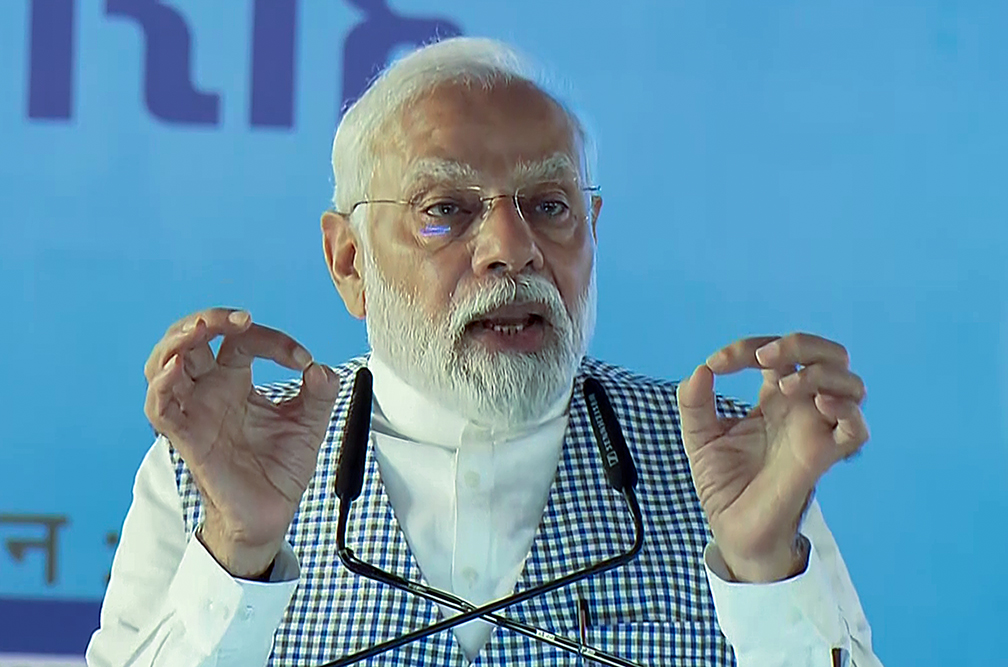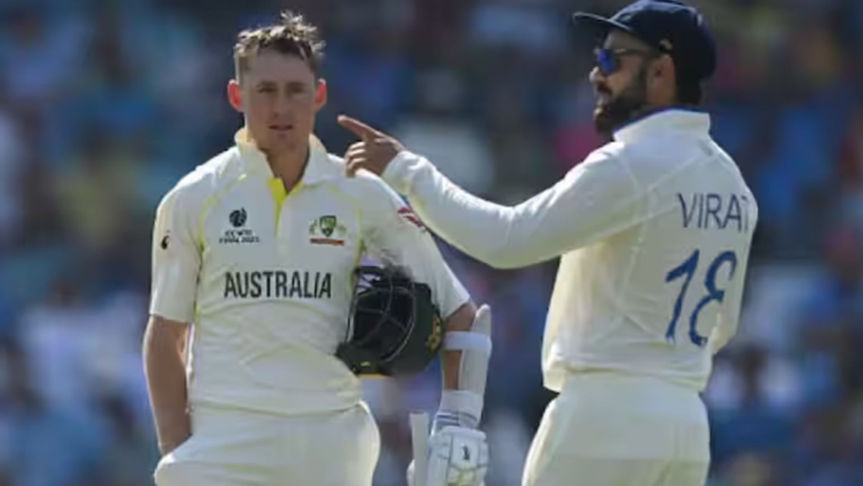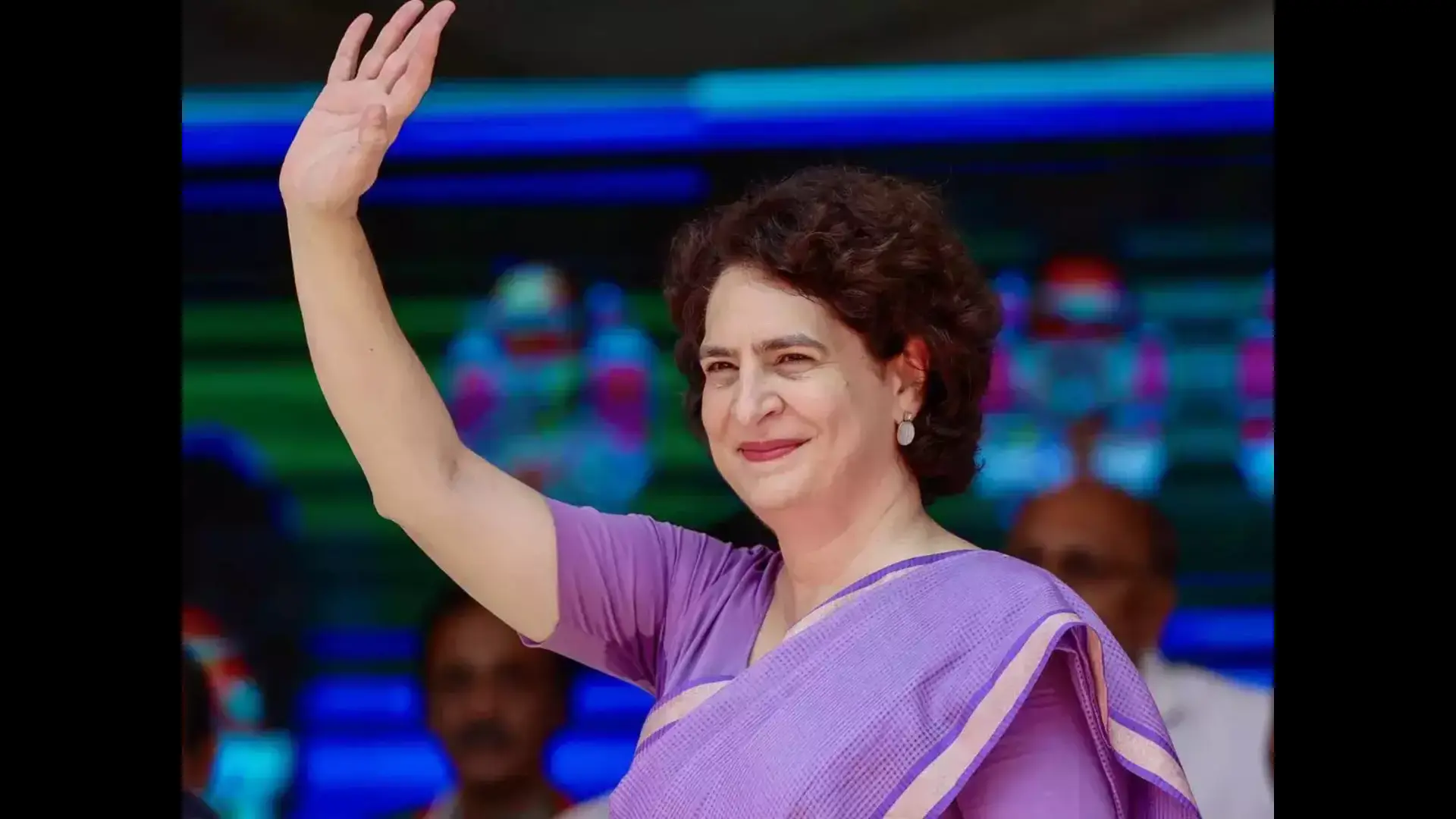
The presumption in some political quarters is there are benefits to a zero-sum game. That there can be only one winner. For example, the weaker America and the West are, the better off much of the rest of the world is and will be. India emphasises differently, seeing the world as a family but with security eyes wide open.
With an inclusive approach led by Prime Minister Narendra Modi, India has a practical membership in the Quad security dialogue with the US and its allies, Australia and Japan. It also has cooperative military exercises with France as seen with FRINJEX last March. This is all while being in BRICS with Russia, from which it has procured arms.
Therefore, geopolitically weak and/or misdirected US and US allies, too often, do not likely make the Quad stronger for Indian interests in a major sense. So, nonsensical, blanketing anti-Americanism is not positive for the Modi government. Rather, it wishes for a more sustainable peace globally and supports America’s contributions to such, with India continuing to help. That is a win-win.
But there are—indeed some hard—inescapable realities to deal with. Quad partner Washington and most of its ally followers have been so much on the wrong path, so long that trouble is geopolitically more brewing and foreseeable, no matter how well India tries to encourage differently. For example, America is actually too often internally weak and divided, increasingly in its key decision-making in Congress. Matters are so bad that President Biden is unsure about his country’s own democracy (and stability?), well above growing worries about democracy globally with some exceptions—India being one. So much of this has a spillover to the extent that US partners feel Washington is reliable even on security matters.
What about regions where the US-led West is militarily heading, well beyond a lot of general Congressional and domestic political noise? Take it from Douglas Macgregor, a top military expert with many books authored on military tactics and strategy, and an ex-US army colonel, retired with both hard battle experience and a PhD with studies involving geopolitics. The Colonel was also a top Defense department advisor in the previous US administration.
He states, “They [current US military policy, tactics, and strategy] have no chance of working at all against the Chinese, the Russians, the Turks, any number of people.” (Fox News) He has also, in another YouTube interview, stated that Washington has been too arrogant for so long it has underestimated its main opponents badly—not good preparation for war as history has shown. This is especially the case with China and Russia and it appears with NATO member Turkey, the latter, not an opponent, yet. But President Recip Tayyip Erdogan of Turkey indicating his country might attack Israel is very alarming to Washington’s interests and world order, to say the least. Finally, the Colonel underlines the weak dollar and de-dollarization, inflation and massive debt, further reducing Washington’s leverage to influence or help anyone enough, implying India included. And this is especially seen as getting worse in future decades.
Even top Pentagon officials have expressed worries that the US is no longer in an enviable position and will have a hard time fighting a two-front war, especially when one of its adversaries is China. All of this puts into question how much of a security anchor Washington can ever be in at least the inner waters of the Indo-Pacific if full war breaks out there. If it does, elsewhere in the Middle East and/or with China, non-India, Quad defending resources could be diverted away from India despite whatever its needs. Or add a third full war front in Europe, it would even be much worse for New Delhi but a possibility not to be dismissed.
So again, India definitely, needs to keep to at least the fast pace military expansion the Modi government has laid out with around a 13 percent rate of growth per year. (Reuters com) Given the preceding statements and facts, will more spending be needed at some point?
So what should India do exactly? While India does compare well with China on some metrics, like the quality of its air force, there are areas it needs to have concerns consistent with unacademy.com. IAF stands for the Indian Air Force; PLAAF China’s. Here are some gaps that need to be further looked at and likely are:
1) “China has the second-largest air force globally, whereas IAF ranks fourth globally,
2) The PLAAF’s massive fighter aircraft and modern air defence systems challenge IAF’s fleet size,
3) PLAAF has over 2,000 battle aircraft, more than two times the IAF’s 900 combat aircraft, and
4) PLAAF is a strategic long-range bomber fleet and has more strategic assets, including the airborne warning and controlling system (AWACS) aircraft and combat drones, compared to the IAF.”
Then what about about the navy gap? China’s navy personnel are about four times in number to that of India’s. In the critical areas of submarines, the gap is three times, though seven times in nuclear-powered ones. (businessinsider.com) In the army, the numbers seem more comparable.
Then definitely worth reflecting on is that China has 470 nuclear warheads and is fast-pacing the expansion of them. Contrastingly India has 174 (Times of India). In fact, according to a number of strategic institutes, China has embarked recently on an unprecedented expansion in its military including its navy. Yet even currently, Macgregor does not believe confidently that the US Navy could defeat the Chinese in their waters.
With regards to Quad partner Japan, the nation ranked by global firepower.com as having the world’s eighth most powerful military. But think this: Japan, though with a sizeable navy may be more interested in worrying about defending itself in Northeast Asia against China than worrying about India.
Then, there is North Korea, a few hours by plane or minutes by missiles away from Japan. Unlike Japan, it has a nuclear programme, with missiles tipped with nuclear warheads and with one of the largest armies in the world. As well, Russia is very close to Japan with its Pacific fleet.
Strategically, the third Quad partner, Australia has comparatively limited capability in the overall mix. But it is not without relevance as it looks to have nuclear submarines in its joint security relationship with the US and UK, called AUKUS.
India, thus consistent with the Modi government defence policy must continue to become overall a fairly self-sufficient “leviathan” that no one will want to contemplate tangling with, including Beijing. Can any other(s) than the Modi government demonstrate the resolve to stand hard against incursions, and terrorism and deal with an ever-dangerous world that impacts the nation? The answer in short is no, as all evidence to date would indicate.
Peter Dash writes on geopolitics.















